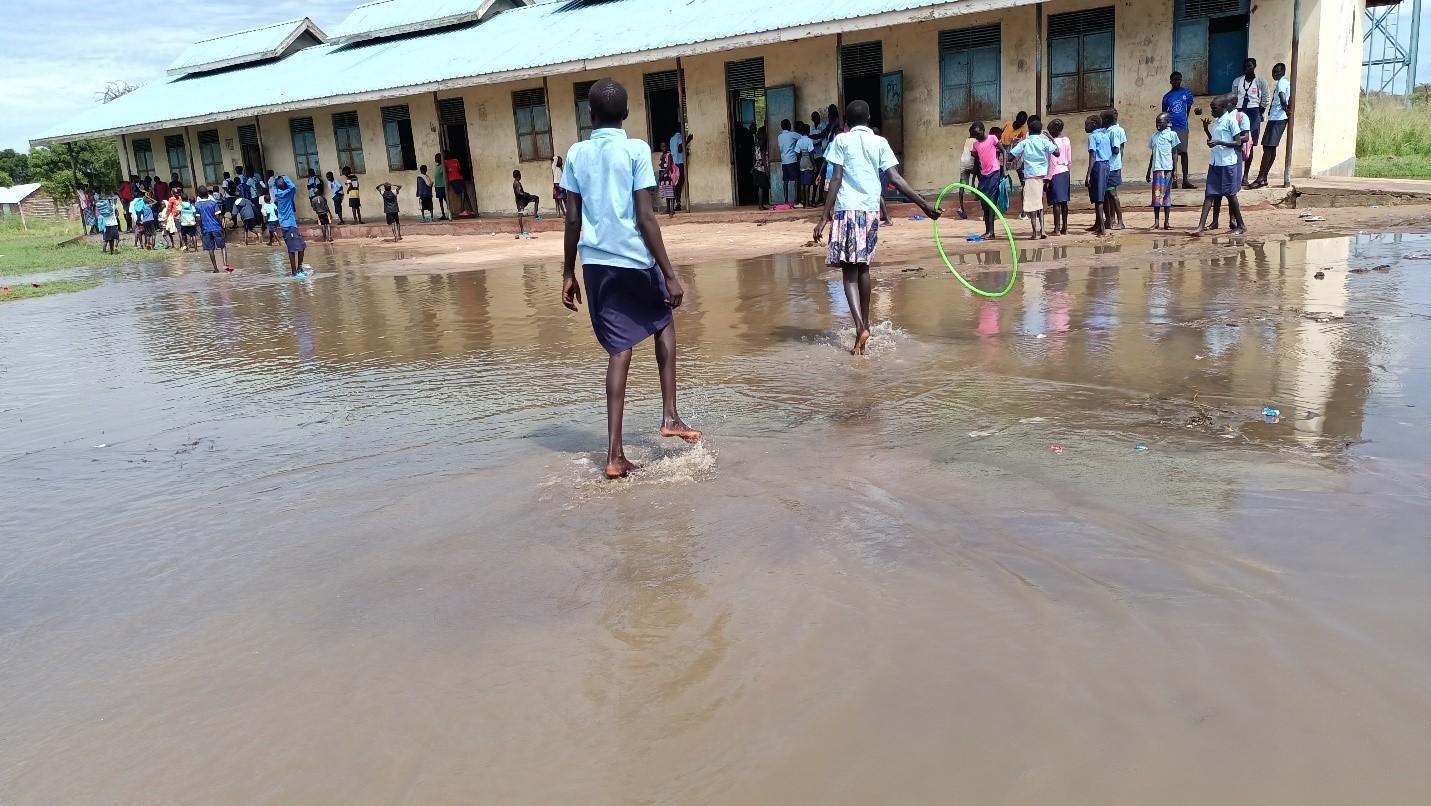Emmanuel Mandela
Africa-Press – South-Sudan. South Sudan will experience unusually higher temperatures above the normal rainfall that could aggravate the expected flooding in some of the states so far mapped as hotspots.
On Thursday, the National Multi-Hazard Early Warning Bulletin issued a weather forecast report for the period of June to September, signaling a significant weather shift that could impact millions across South Sudan.
According to the forecast, the eastern parts of South Sudan are expected to experience “the highest probability of above-normal rainfall, while temperatures across all regions are anticipated to be warmer than usual.” This combination poses severe risks, particularly in areas already vulnerable to flooding.
The bulletin stated that early rainfall onset in May and June had already set the stage for potentially devastating floods. Lake Victoria’s water levels have surged to record highs, threatening downstream areas including Central Equatoria, Lakes, Jonglei, Upper Nile, and Unity states. An estimated 2.5 to 3 million people are at risk of flooding, with severe implications for livelihoods and food security.
In Eastern Equatoria State, northern parts of Kapoeta North and northeastern parts of Kapoeta East have a 55 per cent probability of above-normal rainfall, while the rest of the state shows a 45 per cent probability.
It further notes that Central Equatoria State, excluding the far north-western part of Tali Payam, is also likely to receive above-normal rainfall with a 45 per cent probability. Western Equatoria State’s Yambio, Maridi, Nzara, and western Tombura are poised for significant rainfall with a 55 per cent probability.
It notes. “Warmer-than-usual temperatures are expected across all states, with probabilities as high as 90 per cent in some areas. This exacerbates the risk of heat-related health issues and further strains on water resources.”
Dr. Joseph Makuei, head of the National Meteorological Authority, emphasised the urgency of preparing for the adverse effects of the weather patterns.
“This forecast is a wake-up call for all of us. We must take immediate action to mitigate the impacts of these extreme weather conditions. Our priority is to save lives and protect livelihoods,” he stated.
“We are preparing for extensive flooding,” said Sarah Nyang, a coordinator with the South Sudan Red Cross, as she highlighted the response mechanisms in place.
“Our teams are on high alert to assist the most affected communities, particularly in low-lying areas.”
The bulletin, aimed at informing government agencies, partners, and local communities, predicts above-normal rainfall and unprecedented temperature increases throughout the country.
While the enhanced rainfall could boost crop performance and food security by increasing the availability of wild foods, it also poses a risk of crop damage in flood-prone areas. The forecast suggests that households may benefit from an improved green harvest, potentially reducing food prices and enhancing purchasing power.
As South Sudan braces for the June to September rainy season, the combined threats of flooding and high temperatures demand swift and coordinated action from all stakeholders. States such as Jonglei, Upper Nile, Unity, Lakes and Warrap have already started their preparations for the flooding season after the National Ministry of Water Resources and Irrigation issued a warning.
Source: The City Review South Sudan
For More News And Analysis About South-Sudan Follow Africa-Press






